NASUWT Representatives
NASUWT Representatives
NASUWT Representatives
You also want an ePaper? Increase the reach of your titles
YUMPU automatically turns print PDFs into web optimized ePapers that Google loves.
www.nasuwt.org.uk63Equal OpportunitiesThe <strong>NASUWT</strong> is committed to challenging discrimination,inequality and intolerance and recognises that schools/collegesplay an essential role in this work. The Union has producedadvice and information for members in respect of a wide rangeof equality issues. Many of these publications are designed toprovide practical advice to ensure that equality is embedded inall areas of school life.<strong>NASUWT</strong> <strong>Representatives</strong> are advised to ensure thatl their school/college has an equal opportunities policy andthat this complies with <strong>NASUWT</strong> advice/guidance;l they are consulted on the development and implementationof the equal opportunities policy prior to adoption by thegoverning body;l their school/college undertakes regular monitoring andreviews of the policy with a view to identifying and dealingwith any trends or issues of concern.Governing bodies of schools, colleges and other educationinstitutions have responsibilities for developing and maintainingagreed equal opportunities policies to ensure that all staff,pupils and parents/carers are treated in a fair and nondiscriminatorymanner. The equal opportunities policy should bedisseminated to all staff, pupils at the school andparents/carers. All staff should receive training in respect of thepolicy so that they are familiar with it and understand what isexpected of them. Governing bodies are required to complywith a number of legislative obligations in respect of equalopportunities practice, which are outlined below.Equality Act 2010The Equality Act, which came into force in October 2010,harmonises and replaces the following legislation: the Equal PayAct 1970; Sex Discrimination Act 1975; Race Relations Act1976; Disability Discrimination Act 1995; Employment Equality(Religion or Belief) Regulations 2003; Employment Equality(Sexual Orientation) Regulations 2003; Employment Equality(Age) Regulations 2006; Part 2, Equality Act 2006 and theEquality Act (Sexual Orientation) Regulations 2007. (TheEquality Act 2006, in so far as it relates to the constitution andoperation of the Equality and Human Rights Commission(EHRC), remains in force.)Underpinning the 2010 Act are the key concepts of ‘protectedcharacteristics’. The nine protected characteristics, on groundsof which it is illegal to discriminate, are:• age;• disability;• gender reassignment;For advice and help ˚ Local Association ˚ Regional Centre ˚ National Executive


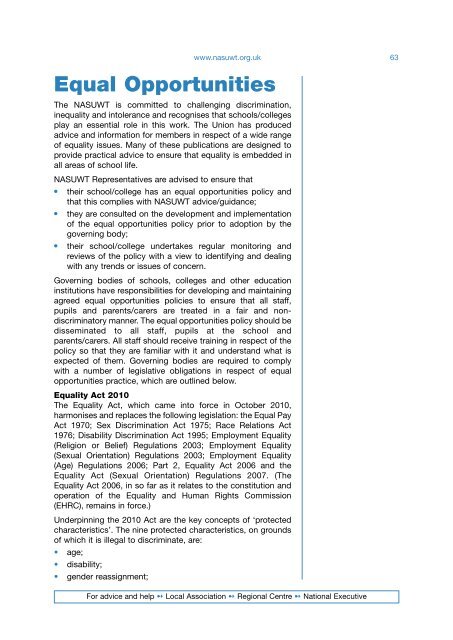


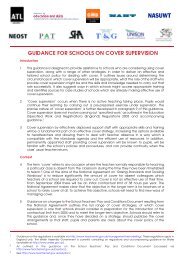

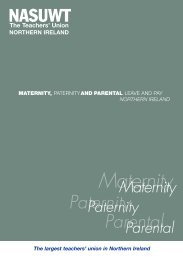

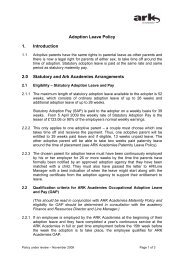


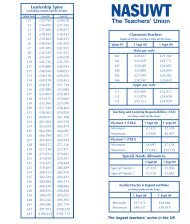


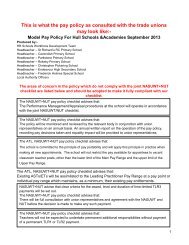
![Salaries (London & Fringe) 2012-2013 [pdf - 281 kb] - NASUWT](https://img.yumpu.com/47816007/1/190x112/salaries-london-fringe-2012-2013-pdf-281-kb-nasuwt.jpg?quality=85)